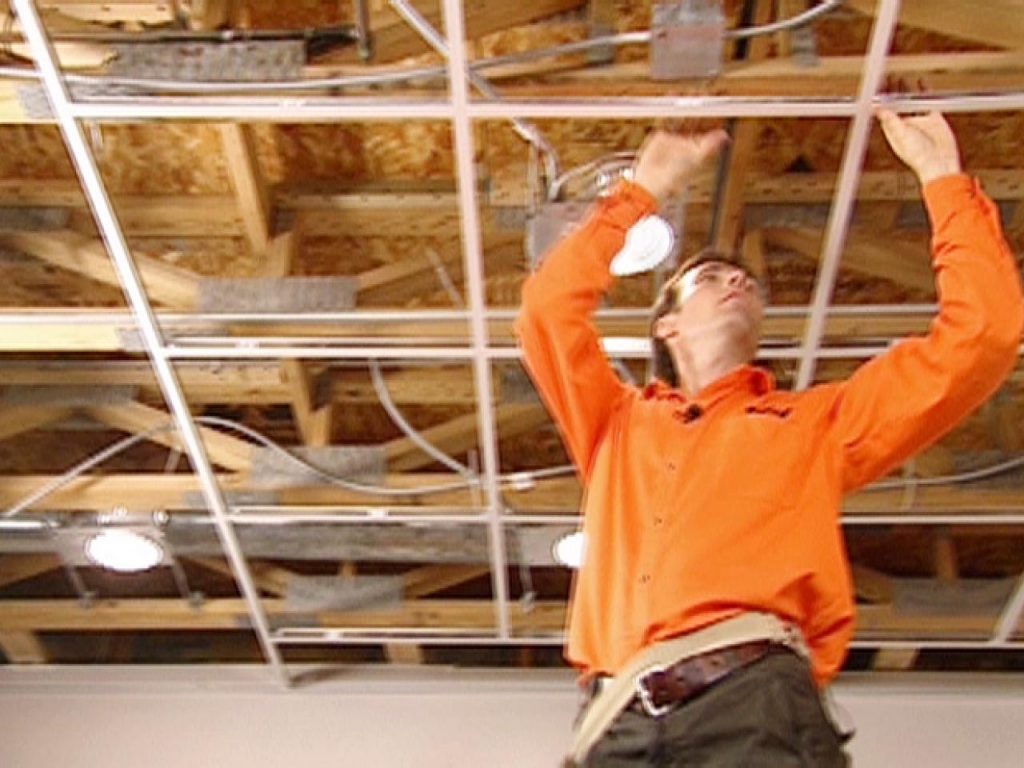As usual, the most ignored or freely overlooked component of home is your basement. Typically, everything the majority of people eschew is incorporated in it: lack or no illumination, often a last resource for storage and celebrations and access just by a descent underground. Over the last decade, the tendency of a basement’s destiny has actually tackled a new relevance and potential. With improvements consisting of basement subfloor installation and ceiling or wall insulation a completely new era of a finished basement has started. Recently homeowners have been interested in getting an absolutely renewed, updated and pleasant living space instead of shabby floors and walls and gloomy basement ceilings with an unsightly maze of wires, plumbing pipes, structural bracing and ductwork. Hence, the updated and well-appointed basement depends on an attractive ceiling to cast the gaze upward in adoration and able to improve acoustics or insulation, hide your plumbing pipes or mechanical services, resist moisture and reduce noise.
Installation of suspended ceilings, also “drop ceilings” or “dropped ceilings,” is a popular choice for residential basements and office spaces. They are inexpensive, lightweight, quick and easy to install. Drop ceilings require little maintenance, absorb sounds and noise, offer plenty of air space above the tiles for utility lines. In addition, they are easy to remove to have access to pipes and wires for making changes and extra repairs.
Another necessary thing to consider is a basement ceiling insulation to provide a warmer environment or temperature control when an air conditioning system is in use. Basement ceiling insulation is one of the simplest additions you can make to increase energy efficiency and make comfortable temperature conditions. Although wires, interconnected beams and pipes that line a basement ceiling can make running the project difficult. Basement ceiling insulation is a perfect idea for unfinished basement. If the basement will be a finished living space, then basement wall insulation will provide sufficient coverage.
The best way of basement drop ceiling insulation is to install batt insulation either paper-backed or foil-backed. Both types are installed between the ceiling joists before installing the hanging grid. If you are seeking to install insulation to a suspended ceiling that is already in place, you will have to rest the batt insulation on top of the ceiling tiles. If you are seeking to install insulation to a suspended ceiling that is already in place, you will have to rest the batt Read through our guide on how to qualify for an insulation grant. on top of the ceiling tiles.
Besides installing the insulation, think of basement subfloor installation and in-floor heating system to keep your basement dryer and warmer in winter, since the heat rises from the floor and heats the space.

